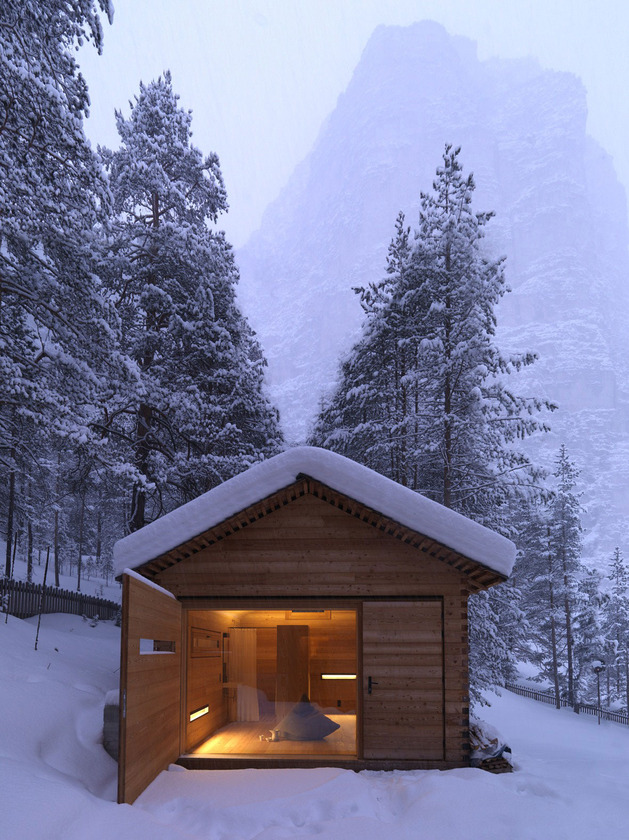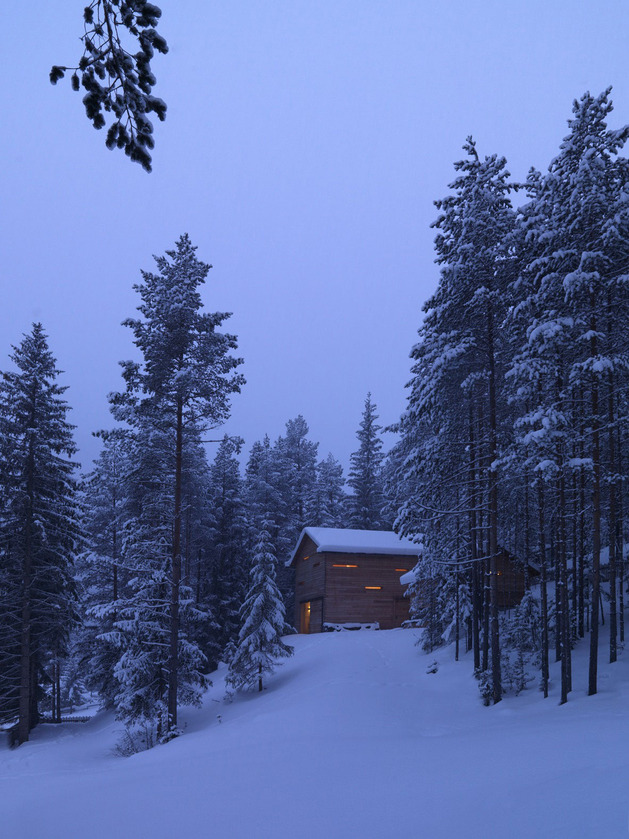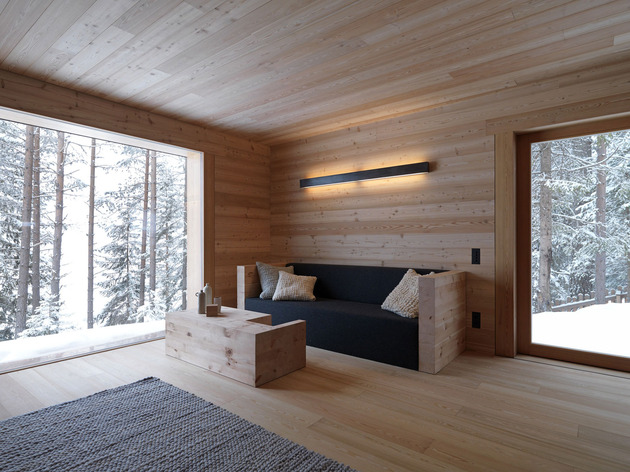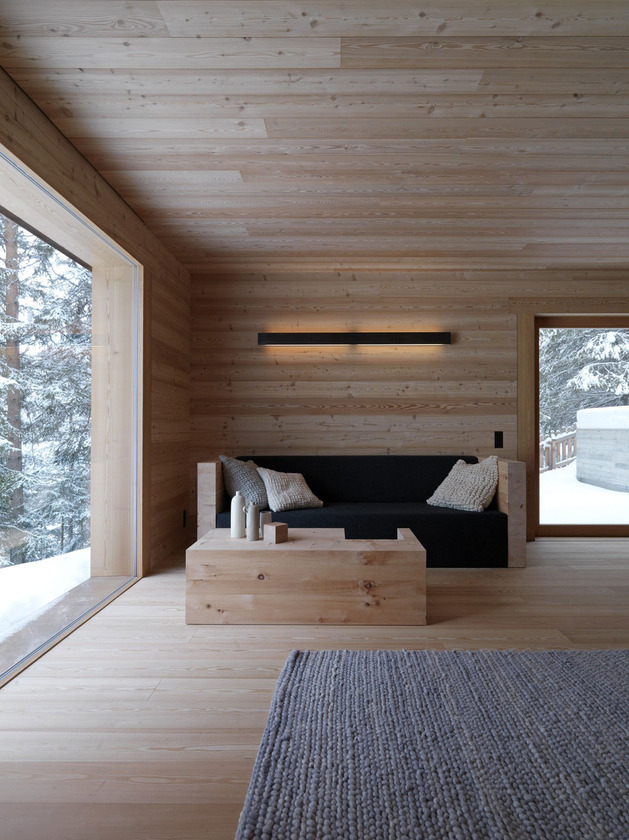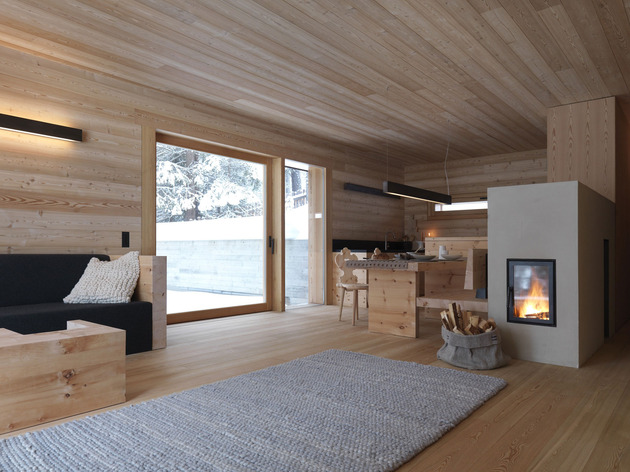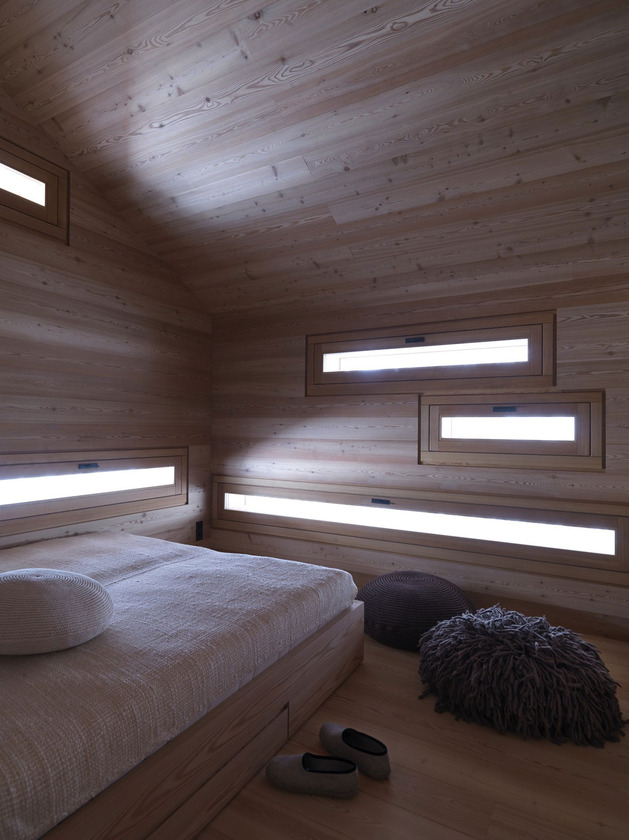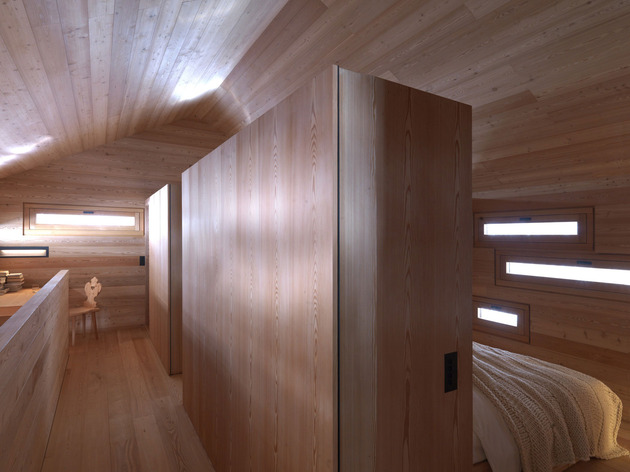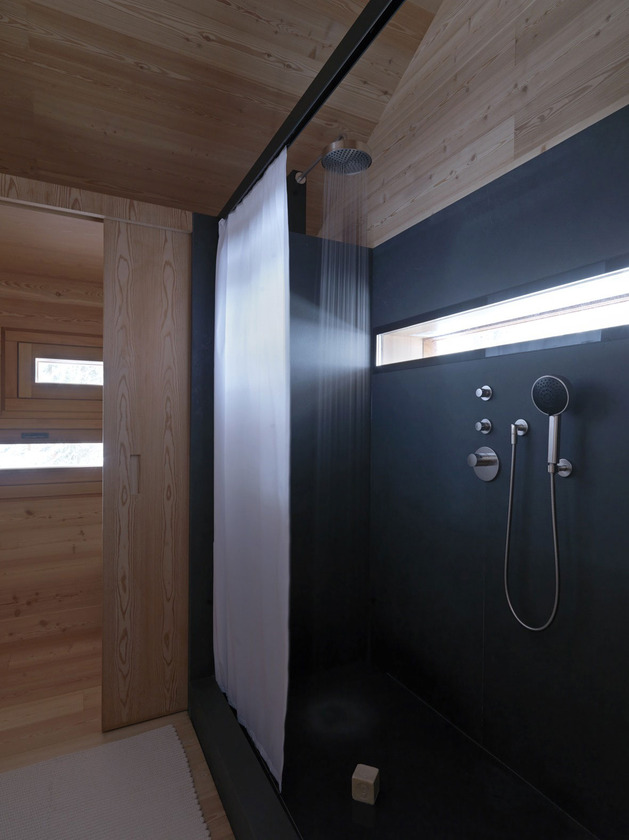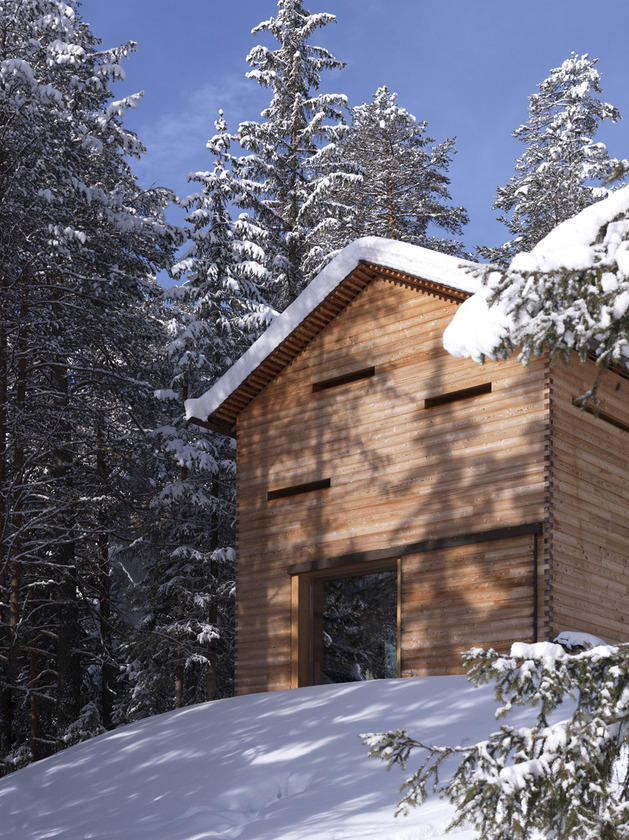From the moka to the sock, here are six different ways to brew your morning pick-me-up.
I worked as a barista in my student years, and developed coffee savvy (yes!) and a serious addiction (dang). The coffee habit produced a strange hobby of buying exotic new coffee makers on my travels and then lugging them home, bulky and bubble-wrapped. Now, with a pile of coffee making devices in my cupboard, I can geek out on all the options for my morning cup. Below are six tasty ways to brew a pot.
1. The Press
The French press, coffee plunger, caffetiere or Bodum. Call it what you like, it’s a popular little gadget.Where you’ll find it:
These tabletop urns are popular in France (where they were first patented), and other parts of western Europe. It’s also used in North America, South Africa, Australia and New Zealand.
How it’s prepared:
A good brew will start with coarsely-ground coffee beans. Use a tablespoon of grinds for each “cup” (4 oz of coffee). Pour boiled water gently and evenly over the grinds. Coffee geeks here will backseat-brew with jabber about the “bloom”; a slow bubbling on the surface that looks like an opening flower. If your grinds start to froth up, you’re doing well so far. If you’re not seeing it, give the brew a few gentle stirs to get the bloom going.
Let the coffee sit about three minutes, then plunge. It’s oddly satisfying.
The taste:
The press extracts more oils from the beans, so the flavour is clearer and the texture is thicker than with a drip. It’s also said to produce the purest taste, since there are no paper filters and no risk of overheating. Mild coffees brew especially well in the press, since the “clean” preparation allows you to pick up the subtle notes.
The Sock
Okay, it’s not really a sock, though I’m sure you could use one in a pinch. This simple filter is made of cotton or muslin, and too small to fit on your foot anyway.Where You’ll Find it:
This simple device is popular in Central and South America, where the sock works like a drip filter. In Thailand and Malaysia, the sock covers the rim of the pot and the grinds are immersed in water, steeping.
How it’s Prepared:
A medium to coarse grind of coffee bean is best, or else grinds will sneak through the weave of the fabric and you’ll end up with sludge.
In the Southeast Asian method, the “sock” is quite thin and looks like a tiny butterfly net with a wire handle. The preparation here is like loose-leaf tea. Pour the grinds into the sock, prop it over the mouth of a mug, pour in boiled water. Let it steep for 3-4 minutes.
In the Central and South American method, the “sock” is suspended over a coffee pot on a simple wooden frame. Pour coffee into the sock, with one tablespoon for every serving. Pour boiled water over the beans slowly and in widening circles, so the water spreads out evenly.
For cleaning, the sock is rinsed with water between uses. This allows oils and residue to build and add to the taste of future pots.
The Taste:
The first few brews make have a faint cottony taste. Once the sock gets a bit lived-in, the flavours will come out with clear high notes: think florals or fruitiness.
The Ibrik
Also called a cezve, this simple ladle is used to make strong, thick brew, known widely as Turkish coffee.Where You’ll Find it:
This is one of the oldest currently-used methods for preparing coffee, and is common in Greece, Turkey and the Middle East. Pots are typically made of copper or brass, with a long wooden handle.
How it’s Prepared:
Start with a very, very fine grind of bean. It should be finer than espresso and close to the texture of baby powder.
For each serving, stir together 3-4 oz of cold water, 1 tsp (heaping) of coffee, and 1/2 tsp of sugar. Heat the ibrik on medium-low heat until it comes to a frothy boil. Remove the pot for a minute to let mix settle, then boil and cool again two more times. Pour the coffee into cups slowly. Each cup should have some grinds settled at the bottom, and a frothy head on top.
The Taste:
There’s a Turkish saying that coffee should be “black as hell, strong as death, and sweet as love.” For a well-brewed ibrik cup, that proverb sums it up. The taste is potent, but the sugar balances the acidic punch of the coffee.
The flat drip
One model of this simple brewer sits like a tiny metal hat atop your coffee cup, which is really cute.Where you’ll find it:
In Vietnam, you’ll see cups of coffee topped with a still-brewing phin, or single-serving metal sieve. In India, countertop coffee makers use the same sieve design, but brew a family-sized amount of coffee.
How it’s Prepared:
For the Indian pot, warm the lower container with a rinse in hot water, then spoon a few tablespoons of coffee onto the sieved top chamber. Shake the pot a few times so the grinds sit evenly. Pour a few tablespoons of boiled water into the upper container to let the coffee swell. Wait a few seconds, then pour in the rest of the water (about 6 oz for every tablespoon of coffee) and close the lid. The coffee will percolate through the sieve in about ten minutes. To serve, transfer the coffee into cups in a long, steady pour to aerate the coffee.
The Vietnamese device is very similar, though with no bottom chamber. Instead, it’s brewed right into the coffee cup. There is a second sieve that’s twisted down over the grinds before adding the hot water. To make the coffee in true Vietnamese style, pour some condensed milk into the bottom of the cup before brewing.
In both cases, use medium-coarse beans, and spoon out more than you normally would for drip coffee. The flavour is supposed to be intense.
The Taste:
The strength of this brew is somewhere between espresso and coffee. A well-prepared cup has very little acidity. In both brewing methods, chicory-infused coffee is the norm, giving a bodied and slightly bitter taste.
The Instant
Call it astronaut brew, call it gross, call it an insult to the good name of coffee. Love it or hate it, this stuff is popular.Where you’ll find it:
Oh, everywhere.
Individual sleeves of just-add-water mix are popular in southern and eastern Asia. Family-sized jars of instant stuff are common in North America and regions of Europe that don’t have proud, historic coffee traditions.
How it’s prepared:
Add boiling water. Stir. Finito! You can stir in some milk or hot chocolate mix too, if you wanna get fancy.
The Taste:
Okay, if you have a fine palate for coffee, you’ll likely hate the stuff. Its flavours can range from uber-bland to chemically bitter. Then again, coffee purists would likely hate the stuff on principle, for the sheer use of coffee beans that haven’t seen a roaster since Y2K.
Usually, the taste is gentle and sweet-ish. Those looking for mild flavour or just a simple caffeine jolt will probably find a brand they like.
The Moka
Yes, yes, the moka brews espresso and not coffee, but this gadget can make an Americano so perfect that it has replaced my morning coffee. It could convert you, too.Where you’ll find it:
This little guy is big in Europe, especially in Italy. The aluminum model is the most popular, but stainless steel numbers are on the market too.
How it’s prepared:
Start with finely-ground beans, or go full Italian with ready-ground Illy or LaVazza.
Open the bottom chamber and fill it with cold water, up to the pressure valve. On top, place the middle filter and loosely pack in the coffee, then screw on the top bit tightly. Heat it on medium until it gurgles, at which point you’ll find lovely rich espresso, steam-brewed into the upper chamber.
Some models come with bigger top chambers for milk or cream, which heats along with the water and gets infused with the steam-made espresso.
Moka buffs are very precise about cleaning, since any buildup of oil from the beans can cause a bitter flavour in future brews. Most folks use warm soapy water, but purists will tell you to run a pot with vinegar instead of coffee to clean the whole device.
The Taste:
The flavours of moka and espresso machine brews are very very close. Still, I think the stovetop stuff is richer, less acidic, and almost chocolately. Also, the prep is so idiot-proof that it’s tough to make a bitter cup.
http://matadornetwork.com/life/brew-coffee-around-world/
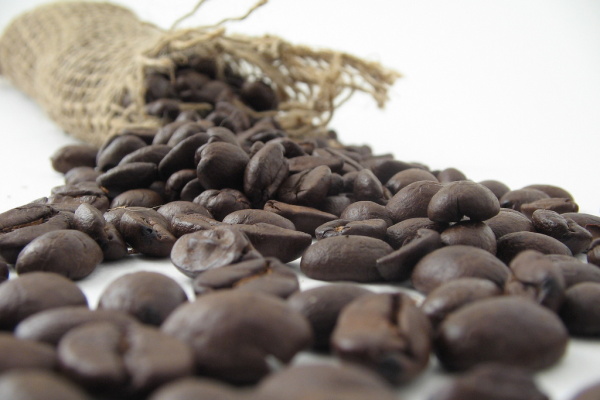 Coffee Beans photo by
Coffee Beans photo by 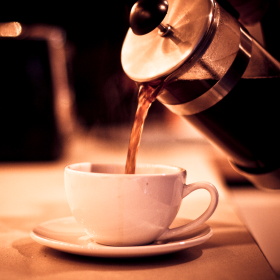 French Press photo by
French Press photo by 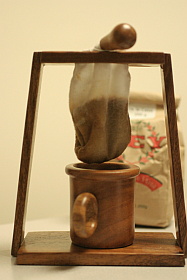 Photo by
Photo by 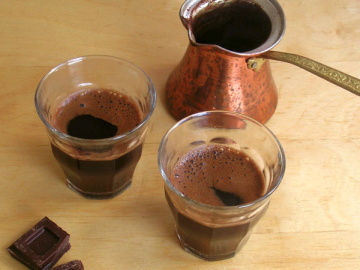 Ibrik (or Cezve) photo by
Ibrik (or Cezve) photo by  Flat Drip photo by
Flat Drip photo by  Instant Coffee photo by
Instant Coffee photo by 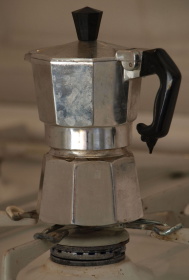 Moka Photo by
Moka Photo by 











